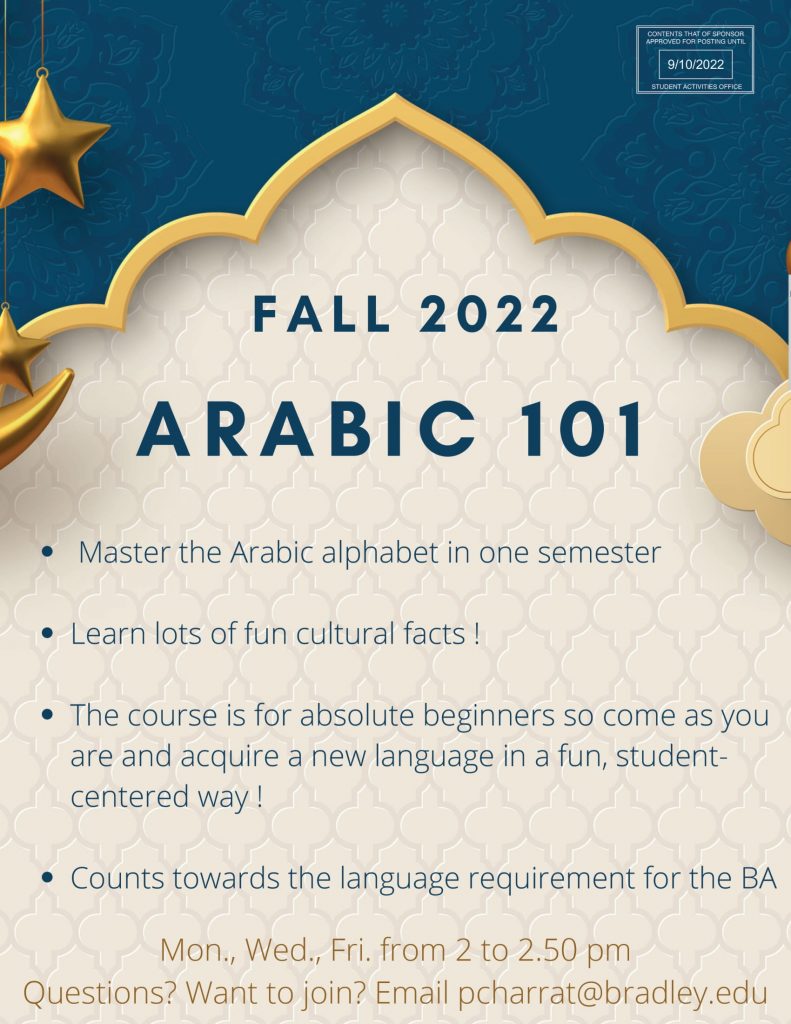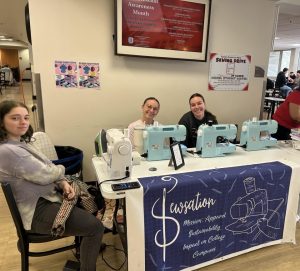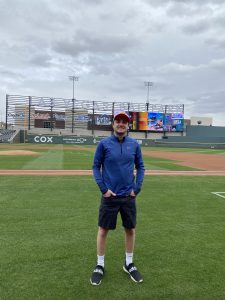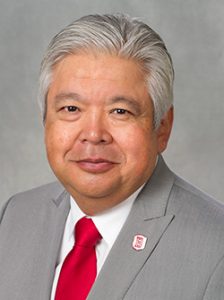Bradley’s Department of World Languages and Cultures offers extensive learning through academic studies and hands-on application. While the department is largely centered around Spanish and French, which are currently offered in majors and minors, other languages are offered as well.
One such language is Arabic, and although this semester marks its 10th anniversary of being offered, it remains an option that may be under the radar of most students. Priscilla Charrat Nelson, current professor of Bradley’s Arabic courses, spoke with The Scout on the history of the courses, how they function now and where they’re headed.
Arabic was first offered at Bradley in fall 2012, and is currently taught in four courses: Beginning Arabic I and II (WLA 101, 102) and Intermediate Arabic I and II (WLA 201, 202). Charrat Nelson said that courses on the language arose following interest from Bradley students majoring in fields like international or religious studies, students from Arab families and Muslim students.
“There are almost as many native speakers of Arabic as there are native speakers of English around the world,” Charrat Nelson said. “It is a crucial language for diplomacy, tourism, religion, and engineering, in particular in energy and construction.”
Charrat Nelson is teaching WLA 101 this semester, and stated that the course is offered exclusively in the fall. WLA 102 is offered in the spring, with students in the former course going straight to the latter.
When it comes to main points of appeal for the Arabic program, Charrat Nelson listed course flexibility, study-abroad and opportunities to connect on campus.
Charrat Nelson stated that Bradley’s language requirement for the Bachelor of Arts, which includes Arabic, consists of three semesters of one language or one semester in one language and two in another. This allows students to still get credit for a semester’s worth of a language even if they change their mind afterwards.
The professor highlighted this as a system not held by many institutions and one that many Bradley students are unaware of, and advised them to take advantage of it to learn a new language.
Students of Arabic descent or Muslim backgrounds found interactive means of learning through sharing cultural foods and inviting peers to campus events. Furthermore, in what Charrat Nelson described as a testament to Bradley’s Study Abroad office, students learning Arabic have gotten the chance to take their learning worldwide. She cited five students as having studied in Morocco, one completing an internship in Morocco’s capital city of Rabat and another who found a specialized area of application.
“…one of our students who graduated from the ROTC program emailed me back after graduation saying he was using his Arabic in his army career,” Charrat Nelson said.
The process of students moving up in the courses between semesters is aided by their regularly intimate roster sizes.
“We currently have 10 students in Arabic 101,” Charrat Nelson said. “This has been typical of Arabic courses we offered where there are usually fewer than 15 students per class. This creates a real bond and sense of community between the students, no matter their majors.”
Charrat Nelson has found camaraderie to be a consistent product of the courses through ways like group chats, study groups and students meeting up during their study-abroad programs. These are not the only connections she enjoys watching her students make.
“My favorite thing about teaching Arabic 101 is that students will fully master the Arabic alphabet by the end of this first semester,” Charrat Nelson said. “It is usually what students are most nervous about when they sign up for Arabic 101, and it always ends up being their favorite aspect of the course. Many of them report that they find that learning how to trace Arabic letters has a meditative quality that is very relaxing and valuable in their busy days.”
The courses also help students learn Arabic through reading, discussions and labs. Labs in past beginning and intermediate courses have consisted of activities such as students creating Arabic vlogs and having live video chats with native speakers.
“This is a holdover from previous times when students had to come in and practice their listening and speaking skills in a language class with CDs or even cassettes back in the day,” Charrat Nelson said. “It’s a great way to remember that culture is meant to be lived and shared.”
Further work in the course includes learning about the geography and culture of Arabic-speaking world regions, including North Africa, the Middle East and countries near the Persian Gulf.
North Africa was one of Charrat Nelson’s areas of research for her Ph.D. at the University of Illinois at Urbana-Champaign, particularly several African countries where both French and Arabic are spoken, such as Algeria, Morocco and Tunisia. These interests came in handy during the process of her joining Bradley in 2017.
“The Department of World Languages and Cultures was looking to hire someone to teach all levels of French and re-ignite the offering of Arabic classes,” Charrat Nelson said. “The needs of the department and my professional interests seemed like a natural match.”
According to Charrat Nelson, Bradley plans to restart intermediate Arabic courses with WLA 201 in fall 2023, and student enrollment will dictate whether WLA 202 is held in spring 2024. The professor also said that the department hopes to expand its list of taught languages, and advertised three Syria-centered events this semester organized by the Office of Global Studies and Initiatives to students of Arabic, including “11 Years of War in Syria” on Oct. 4.
For more information, contact Alexander Hertich, department chair for World Languages and Cultures, at ahertich@bradley.edu.





